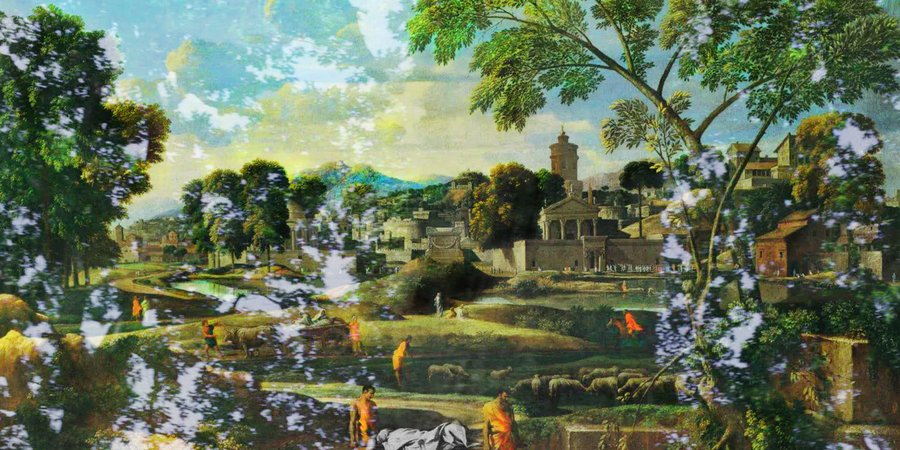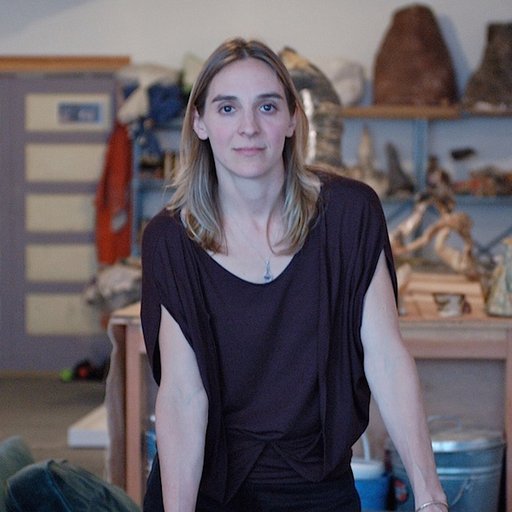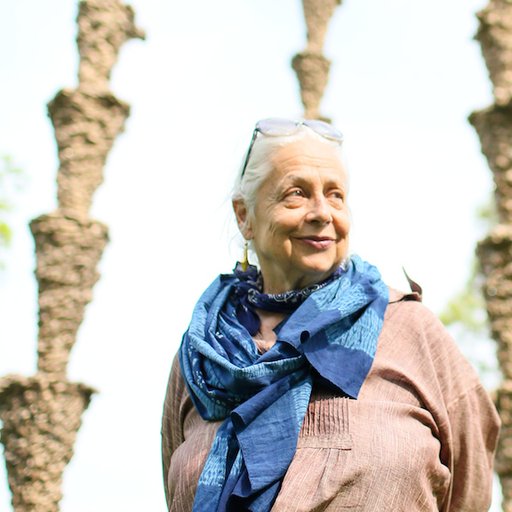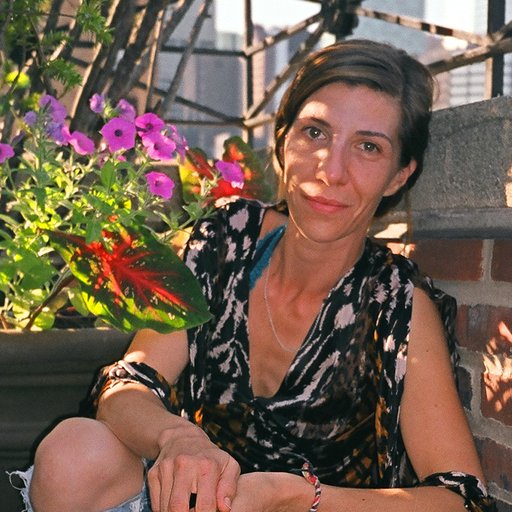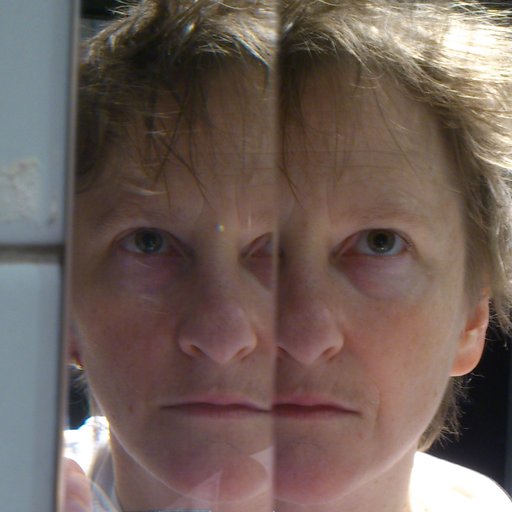Rachel Rose is having a big month: as the winner of this year’s Frieze Artist’s Award, she’s been tasked with creating a work exclusively for the London art fair in addition to her ongoing installation at the Serpentine Sackler Gallery. She also has an upcoming solo show at the Whitney (her first in a U.S. museum) set to open later this month—not too shabby for a 29-year-old video artist. Her recognition is due to her novel approach to both filmmaking and installation, which combines conceptualism with attention to the materiality of the viewing experience.
Artspace’sDylan Kerr spoke to Rose as she was in the midst of her Frieze installation, to get some insight into her research- and collaboration-heavy process and to learn what we can expect from her new work.
What can you tell us about your project at Frieze London?
Working with a factory ecologist, a sound designer, and a lighting designer, I developed a scale replica of the Frieze tent large enough for a person to crawl inside—it’s maybe 5 or 6 feet tall. There are theater lights and PA speakers inside, and with the sound designer I’ve taken different music—music that you know, like a Justin Bieber song— and filtered it through the frequency that animals that are local to the park hear in. We’ve also adjusted the light in the tent to reflect how that same animal would perceive visually, how they would see.
The idea is that going inside of the tent is an attempt to occupy the state of another being. I was interested in the fact that we have access to a certain set of visual and aural frequencies because of how our bodies are shaped. If our bodies were shaped slightly differently, we’d experience an entirely different set of frequencies and our state of perception would be totally different. I wanted to use the project as an opportunity to look at that. The art fair takes place within a park, and a park is home to all these kinds of beings that aren’t just human, so I was interested in situating us in a larger spectrum of lived experience.
What kinds of animals are we talking about here?
We started out with a really big list of animals, but the ecologist and lighting designer helped narrow down what we could actually work on because some were completely out of our range. In the end, we narrowed it down to a fox, a newt, a stickleback fish, a mouse, and a robin.
Can you give an example of how you recreated these animals’ sensory experience via lighting and sound design?
Certain animals, like the fox, see within a blue-green spectrum. When you go into the tent, the light won’t be noticeably blue or green, but it has been designed to emphasize all the blues and the greens already there. If someone is wearing a green shirt, it looks greener than ever. In terms of the sound component, the music for the fox is filtered within a different frequency than music is normally played through, but the biggest alteration was to have the sound shift directions, because foxes hear with a very sensitive attunement to direction.
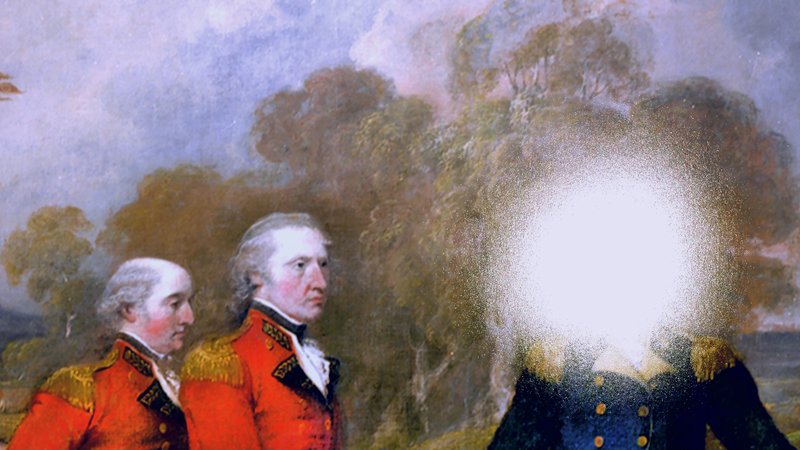 Still from Palisades in Palisades, 2014. HD Video, color, sound, 9 minutes and 31 seconds. Courtesy the artist and Pilar Corrias, London.
Still from Palisades in Palisades, 2014. HD Video, color, sound, 9 minutes and 31 seconds. Courtesy the artist and Pilar Corrias, London.
It seems that this project is combining two ongoing interests of yours—attempting to reckon with or enter the consciousness of the animal on one hand, and exploring the influence of architecture on how we experience our own environment on the other. What do you think these two concepts have to say to each other?
I like that you brought up architecture, because as I mentioned earlier our bodies are essentially a form of architecture that limits our relationship to a wider spectrum of experience. Because I normally work in video, I’m also always interested in how your experience of that video projection—and in some ways the narrative—is influenced by where your body is when you watch the video. I always try to think about the architecture of where you are, how natural light functions, how sound functions, where you sit, what the walls are like, how you hear sound. These are things that I’m always thinking about, because it’s in this relationship between the projection and an awareness of those components that the work is completed. In this case, there’s no video, but I’m still thinking about how aspects of architecture can open up your awareness of things that you otherwise might not think about.
I’m really fascinated by your concept of the body as architecture. Do you see this idea manifesting in your other shows, at the Whitney and the Serpentine Gallery?
In my show “Palisades” at the Serpentine Galleries, I show two works: A Minute Ago, and Palisades in Palisades. Essentially, the Serpentine Sackler Gallery is a square within a square, so it forms a natural perimeter that functions like a pathway. In all park design, there’s this garden pathway that leads through these different ideas of nature within nature.
What kinds of ideas?
Even within Regent’s Park, there are sections that feel pastoral, for instance, and other sections that feel more garden-like or like an estate. Different ideas about nature are reflected in the actual landscape of the park. In the Serpentine show, I was interested in this idea of bringing the pathway into the installation itself. The sounds in Palisades in Palisades, which is a work that I shot in a park, are separated out into discrete micro-sounds taken from from the soundtrack. These sounds circulate around the pathway forming an outside to A Minute Ago and Palisades in Palisades, which are in the central part of the gallery. I’m thinking about the outside/inside dichotomy, both in terms of being inside or outside the building as well as being inside or outside the video itself.
 Installation shot of "Palisades," Serpentine Sackler Gallery, London (1 October – 8 November 2015). Photo © readsreads.info
Installation shot of "Palisades," Serpentine Sackler Gallery, London (1 October – 8 November 2015). Photo © readsreads.info
For someone who is best known as a filmmaker and video artist, it’s interesting how much you consider the physical installations of your videos. What’s the connection between your video work—including research, shooting, editing, et cetera—and the finished product, set in a physical space that foregrounds the act of projection?
I usually try to think about how the work is physicalized in relation to the underlying feeling or structure of the work. From the very beginning of the research for the piece, I’m also thinking about I can start to physicalize the sound or lighting in the installation. These ideas become more clarified as I begin to edit, and the earlier I know about the space that I’m showing the work in, the sooner I’m able to think deeply about that site and the properties inherent to it. I also try to bring together the specifics of the space and the conditions that I feel are important to the feeling and the edit of the work.
In the case of the show at the Whitney, where I’m showing a new work called Everything and More based on an interview I did with an astronaut about his experience of his body in outer space, I wanted the video to do a few things in the installation. I want you to feel both fully in the video, in this weightless space of watching something, and also feel grounded and very much on the earth in the physical place that you are in that moment, because that’s how I think how you can feel this astronaut’s experience of his spacewalk. When I was really able to spend some time in the building, I found that the space I was working in had all-glass window walls. I thought, “Wow, what if we could project into the glass?”
Normally you can’t project when something is backlit, because you lose all the light in the projection. In the Whitney installation, though, when the video is very bright you’re looking at the video, but if the video is dark the projection actually ends up illuminating the cityscape behind the glass. It creates this oscillation between being inside and outside and being weighted and weightless. Through a lot of experimentation with scrims, vinyls, and projectors, we were able to achieve that effect.
I feel that the video going directly to the outside was also about bringing your attention to the sun and bringing it into dialogue with the projector—when the projector lights goes out, the sunlight comes in. I find that looking at the sun can really be a metaphysical experience, because you realize that we are that limited.
 Rachel Rose, still from Everything and More, 2015. HD Video, color, sound, 10 minutes . Courtesy the artist and Pilar Corrias, London.
Rachel Rose, still from Everything and More, 2015. HD Video, color, sound, 10 minutes . Courtesy the artist and Pilar Corrias, London.
Can you say more about that? How do you work with this feeling of limitation in your installations?
A video installation is an opportunity to work with some of these metaphysical feelings, especially when it is something like the sun. Why not bring it into the work itself? It doesn’t have to be somewhere else.
When I installed A Minute Ago in the Serpentine, in one of those two rooms in the inside perimeter, I installed it on a very thin piece of glass hung very low to the ground. The room itself is very high and tall—it’s like a vault—so the screen has to come very far down in order to float just above the floor. At the top of the vault there are two windows where you can see the tops of the trees in the park. Part of installing the screen low to the ground and on this glass was so that there’s always this relationship, even if it's subliminal, between the glass that you’re looking at—where the projection of the glass house in the video is taking place—and the glass above, on top of the vault, where you actually see the trees outside. In a way, I’m trying to suture some ideas that are happening in the video to what’s happening in real life, to a real thing that’s actually in the space. There is always some relationship—in this case, it’s between the projection and the sun, in that case it’s between the screen and the window.
 Still from A Minute Ago, 2014. HD Video, color, sound, 8 minutes and 43 seconds. Courtesy the artist and Pilar Corrias, London.
Still from A Minute Ago, 2014. HD Video, color, sound, 8 minutes and 43 seconds. Courtesy the artist and Pilar Corrias, London.
It’s interesting to think about these details when it comes to video art specifically. Some people are very content with leaving their videos on YouTube.
Right. There’s just so much room to experiment with this stuff, and if you’re not showing it in a theater, you might as well. That’s something that art can offer.
Could you say a little more about your research methods? You’re not afraid of seeking outside knowledge to help realize some of your projects. What is that process like?
Usually, I notice that I’ve been thinking about something a lot in a very basic way, or I have a kind of feeling or unease about something that’s just present—it’s not necessarily about making work, I just notice that I’ve been thinking about it. I take that feeling and try to think through what it might be related to in history and in the present. Then, I just take some time exploring whatever those things that are attached to it are.
In the case of A Minute Ago, I had a sense of unease about global warming and global catastrophe following Hurricane Sandy. I started thinking about being inside, being protected, being vulnerable, and glass kept occurring as this barrier between the outside and myself. I became curious about the history of glass architecture in New York, simply because that’s where I live, which led me to things like the International Style, which led me to Philip Johnson and this whole method of manufacturing buildings with steel and glass. Months later, I arrived at the Glass House. There’s all these different stages to the process.
In each work that I’ve made, the impetus always comes from something very basic. It doesn’t start from a research perspective, but from a feeling or an experience—it’s almost like I am using research as material.
It sounds like you’re using the research as a tool to express a set of feelings.
Sometimes I feel like “research” might not be the right word. I’m using a curiosity about time or experience, because it’s not research in an academic sense. I do go to libraries and I love that, but it’s more about an interest in knowing something beyond what I do know and trying to connect a feeling to something larger than myself and what I do know.
 Installation shot of "Palisades,"Serpentine Sackler Gallery, London (1 October – 8 November 2015). Photo © readsreads.info
Installation shot of "Palisades,"Serpentine Sackler Gallery, London (1 October – 8 November 2015). Photo © readsreads.info
You’re in the midst of a crazy month, between Frieze, the Whitney, and the Serpentine Galleries shows along with a few more exhibitions in the works. As a young artist with a relatively small body of work, how do you feel about this explosion of attention and opportunities?
I feel really grateful for these opportunities because of the installation aspect of my work. I can always make the videos on my own, but the chance to really work with a space and try to figure out how to fuse and physicalize these ideas in our reality is something I can only do with an opportunity to show in a space. I feel really grateful to have that now, because it feels like a very exploratory time for me. I’m learning so many new ways of thinking about putting works together in spaces.
Do you feel stress or pressure as well?
No [laughs]. I really don’t. Part of it is that I take a year to make one work. While these things may happen simultaneously, I am very slow when it comes to making the kinds of things that exist now. It doesn’t feel stressful, somehow, but that’s because these are projects that I’ve been working on for a while and thinking through over time. It doesn’t feel overwhelming in that sense. The other thing is that I’m working with so many great people to realize these projects, so it doesn’t feel like I’m alone. It’s so good to work with people that you feel understand you.











